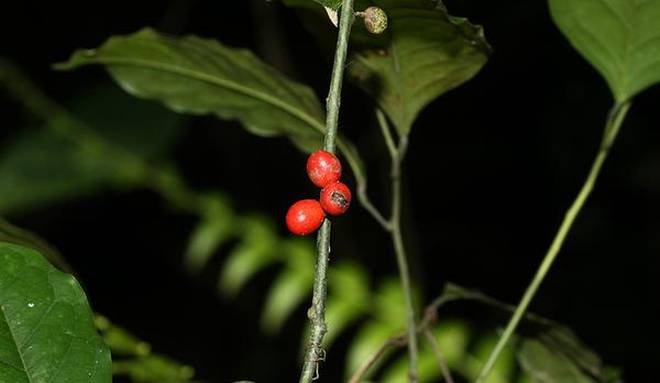TAMIL NADU / WEST BENGAL / NEW DELHI :

The plant is named after former President Abdul Kalam
Scientists from the Botanical Survey of India have identified a new plant species from two protected National Parks in West Bengal. Named Drypetes kalamii, it is a small shrub found to be shorter version of its close relative Drypetes ellisii. This adds to the rich floral wealth of India.
Standing just 1 metre tall, the newly described plant is unisexual in nature, which means they have separate male and female plants.
“During the survey and documentation of the flora of Buxa National Park, West Bengal (core area of Buxa Tiger Reserve), in 2011, I came across these plants, but could not identify them. Another author of the paper had collected a new female plant with fruits from Jaldapara National Park, West Bengal. The fruiting specimen can be easily identified in Drypetes. We later found that both the plants belonged to the same species. Further consultations with plant biologists from India and abroad helped us confirm its new identity,” says Dr Gopal Krishna from BSI who is the first author of the paper published in Phytotaxa. The researchers compared the new plant with other Drypetes species and found differences in the leaf, flower and fruit structures. There are about 220 species of Drypetes identified across the globe of which 20 have been reported from India.
Medicinal cousin
“The new species is a close relative of a medicinal plant known in Sanskrit as Putrajivah”, says Dr K. Karthigeyan, scientist at BSI and corresponding author of the work. “NASA had recently named a new bacterium after Dr Kalam, and we also chose his name as he is a big inspiration for students and young researchers,” adds Dr Karthigeyan.
The new species is found in wet, shaded areas of subtropical moist semi-evergreen forests, at a height ranging 50-100 metres. With pale yellow flowers in clusters and bright orange to red fruits, the plant is exclusive to the two national parks.
By following the IUCN (International Union for Conservation of Nature) rules, the scientists have provisionally assessed the plant to be “Critically Endangered”. The report states forest fires and grazing as two plausible threats to the new species.
source: http://www.thehindu.com / The Hindu / Home> Science / by Aswathi Pacha / February 24th, 2018








